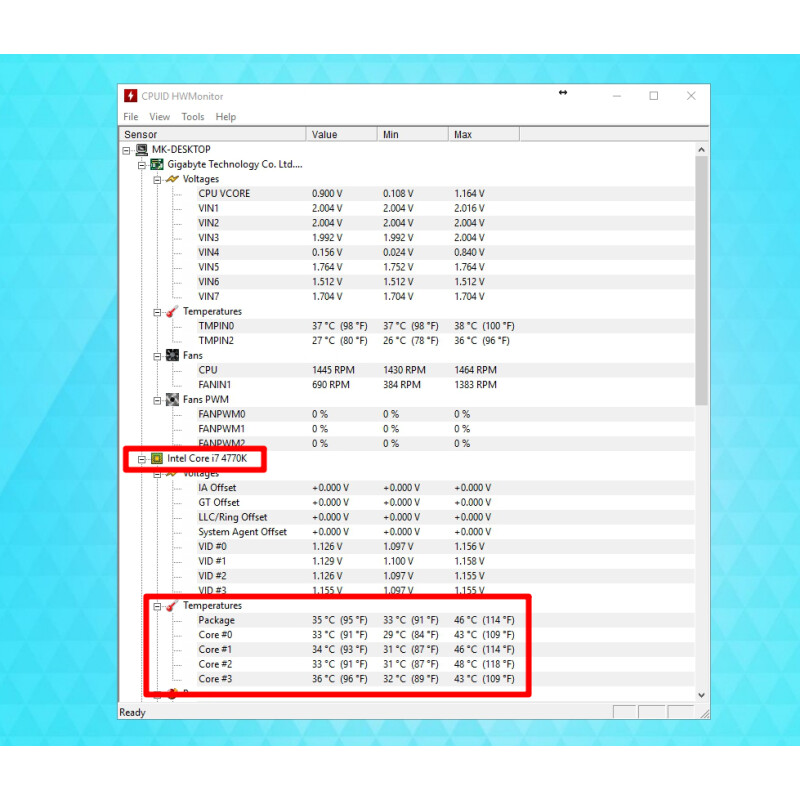


The standard CPU temperature should be between 40-65 oC, the average CPU temperature ranges from 65-70 oC, and the maximum in extreme cases goes beyond 80-90 oC.īy default, the CPU is designed so that it adjusts CPU performance based on the temperature.

Situations like CPU bottlenecking, system freeze, malware attack, slow performance issues with computers can be diagnosed and resolved. In such a scenario, we have different basic to advanced-level CPU monitoring tools to scan CPU performance and provide real-time information about it. However, this info is not very sufficient to find and fix any issues when they occur. List of Best CPU Temp Monitor tools for Windowsīefore we deep dive into different CPU monitoring tools and their usage, it is crucial to understand why we need them in the first place.īy default, on a Windows-based PC, in Task Manager -> Performance -> CPU, we can see basic information about CPU performance and other details.Overall, AIDA64 is the most complete tool available to monitor your CPU temperatures and the reason it is first on our list. Not only does AIDA64 report on vital system health statistics but it also has a built-in stress testing tool and benchmarking system. Some reporting programs can be a bit iffy with modern hardware (I’m looking at you OpenHarwareMonitor), but, AIDA64 works flawlessly and reports everything you might need from a system information tool for your computer. Some of these applications also monitor other vital system information and components to give you a bigger insight into your computer. 4 Tools to Check Your CPU Temperature in Windowsīelow you will find four different tools that will let you monitor your CPU information on Windows 10 or Windows 11. However, it is essential to refer to the manufacturer’s specifications for your specific CPU to determine its safe operating temperature range. The normal temperature range of a CPU varies depending on the manufacturer and model, but it is typically between 35☌ and 60☌. What is the Normal CPU Temperature Range?


 0 kommentar(er)
0 kommentar(er)
